Engage and Retain: 3 Ways to Keep Your App Users Hooked With Stage-Based Notifications
Customer retention is all about personalization. Here are three proven retention plays based on stages of the customer journey to increase app usage and turn casual users into loyal customers.
Category
Published on
Anyone marketing apps in the B2C space could tell you that the money lies not in the endless pursuit of new users, but in holding on to those you already have.
After all, winning over a new customer is five times more expensive than re-engaging an existing one. Customer retention is worth prioritizing over net-new acquisition because loyalty increases the overall lifetime value of a customer more than new business ever could.
It’s time to start thinking of app notifications as your customer lifeline. They’re a seemingly simple, yet profoundly impactful tool in your customer retention arsenal. Notifications are a unique conduit through which you can engage customers directly with personalized, timely, and relevant messages. Your app notification strategy should be more than reminding users that your app exists; it should guide them through a thoughtful customer journey, offering them a reason to return and a reminder of the value your app brings to their daily lives.
Plus, notifications offer a level of personalization and relevance that turns pings from mere digital noise into valuable touchpoints that foster a deeper connection between users and your brand to become indispensable.
That's the kind of engagement and retention power that notifications, when wielded wisely, can offer your app.
Personalization is the backbone of customer retention
Proactive, personalized communication is the key to retaining customers, from the moment they download your app onward. This goes beyond sending “Hey [FIRST NAME]!” messages every once in a while; that’s table stakes nowadays.
It’s about understanding your users deeply and communicating with them in a way that resonates with their individual needs and preferences, depending on what actions they have or haven’t taken.
Sometimes, customer retention is as simple as recognizing involuntary churn when you see it. Are customers leaving because their credit card expired and they forgot to replace it? Or are they leaving because they truly don’t want to use your product anymore?
Often, there are quick wins around logistics and payments that you can secure with just one simple, yet smartly-crafted and well-timed notification. A tailored notification can be the difference between a user who stays a customer and one who drifts away. Through targeted engagement, you can preemptively address issues before they lead to churn, whether by reminding a user of the value your app provides or by solving a payment issue before it becomes a reason to leave.
While personalization matters across all stages of the customer journey, you still need to take a distinct approach to each stage: early, mid, and late. By tailoring your strategy based on where each customer is at in their journey, you can maximize the impact of your efforts and keep users more engaged over time.
Let's explore these stages and the personalization strategies that can make all the difference in retaining your valued users.
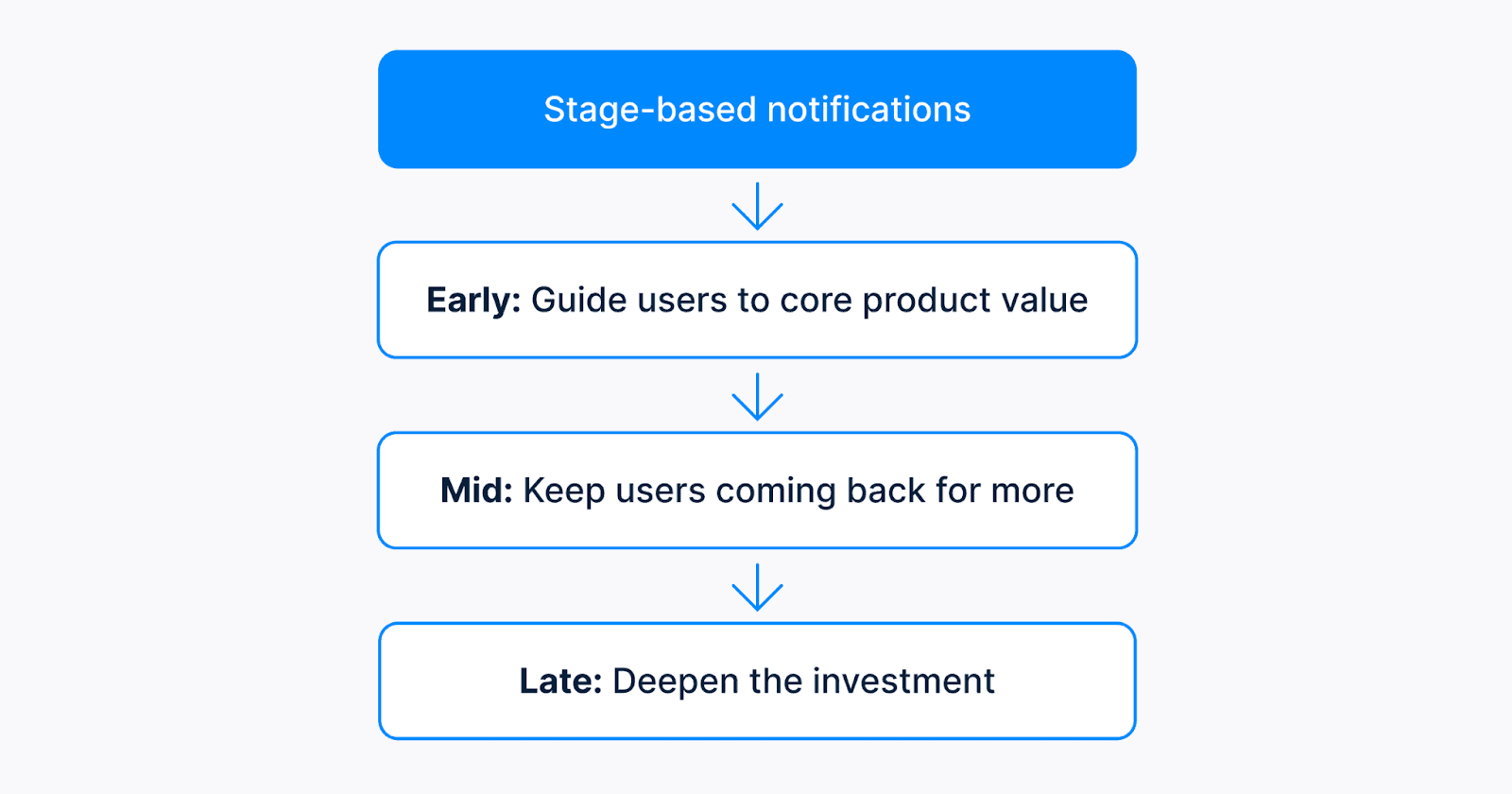
Retention play #1: Guide early-stage users to your core product value
There’s one clear goal for customers at the beginning of their journey with their app: Get them to experience the core value of your product as swiftly and smoothly as possible.
"Everything you do as a marketer should start with the product," says Kay Vink, Head of Product Marketing at Bird. In other words, the best new user communication strategies should focus on making sure customers take the steps necessary to realize your product’s core value quickly, laying the groundwork for sustained engagement.
Consider the intuitive first steps suggested by successful platforms:
Twitter (or X) encourages new users to follow people.
TikTok nudges folks to post their first video.
Uber prompts users to add a payment method.
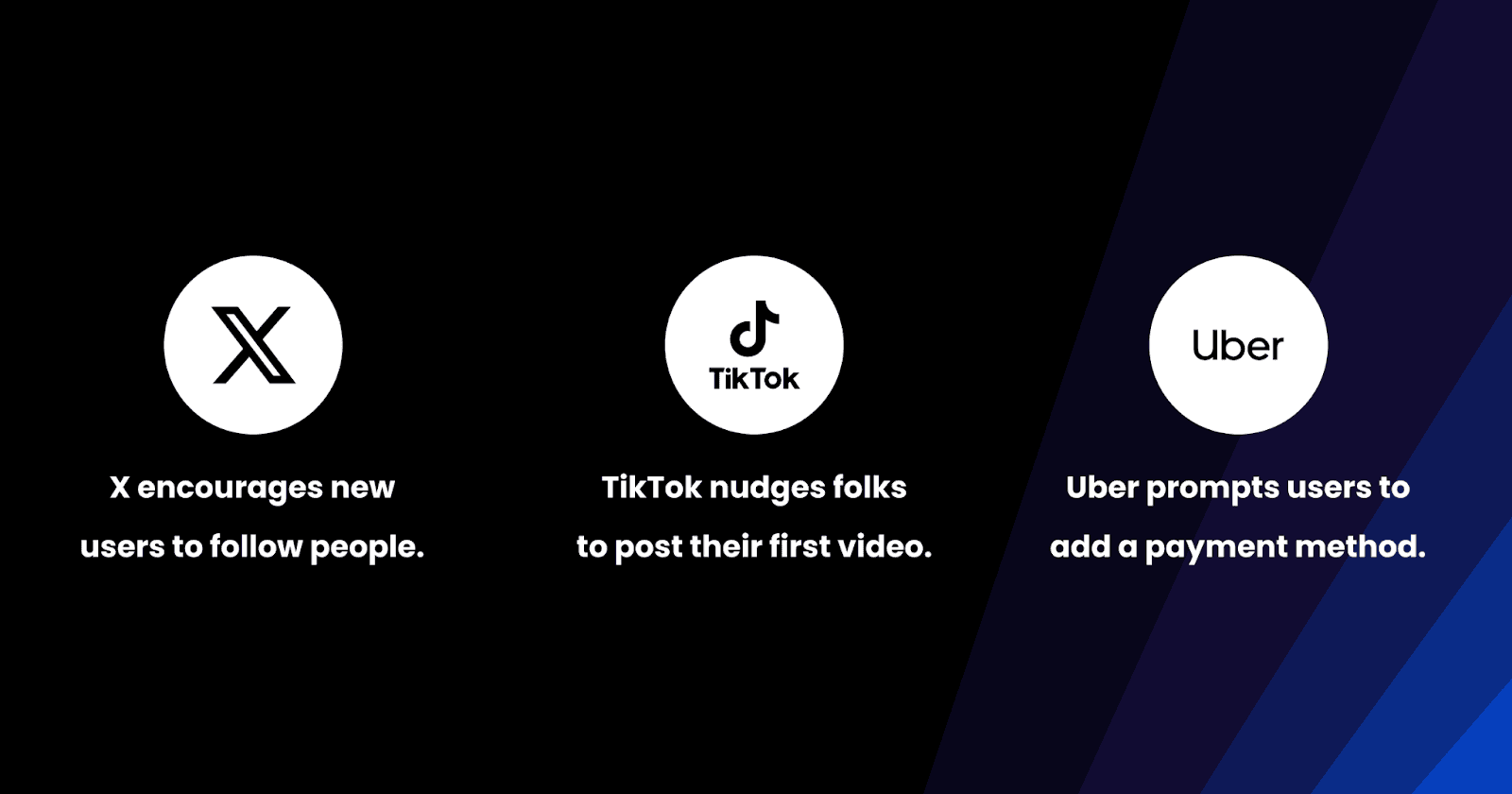
These actions are not arbitrary; they’re carefully selected motions that lead users to recognize the value of the app more quickly.
Kay highlights the necessity of identifying these pivotal actions and integrating them into both the product and communication strategy. "It should be one coherent experience," he notes, stressing that customer retention strategies need to seamlessly connect the in-app experience with notifications.
The trick is to identify what those initial actions are that it takes for new customers to be successful. This process involves meticulously mapping the steps a user must take to fully experience what your product offers. Whether it's creating a profile, adding a payment method, or setting up a team, identify the key milestones new users need to pass to go from novices to active, engaged experts. In other words, get new users to their “aha!” moment.
But what happens when a user veers off this path? This is where personalized app notifications and even simple, clear initial messaging both play a crucial role. For example, consider this welcome screen (and captivating invitation to get notifications) from the viral app, BeReal.
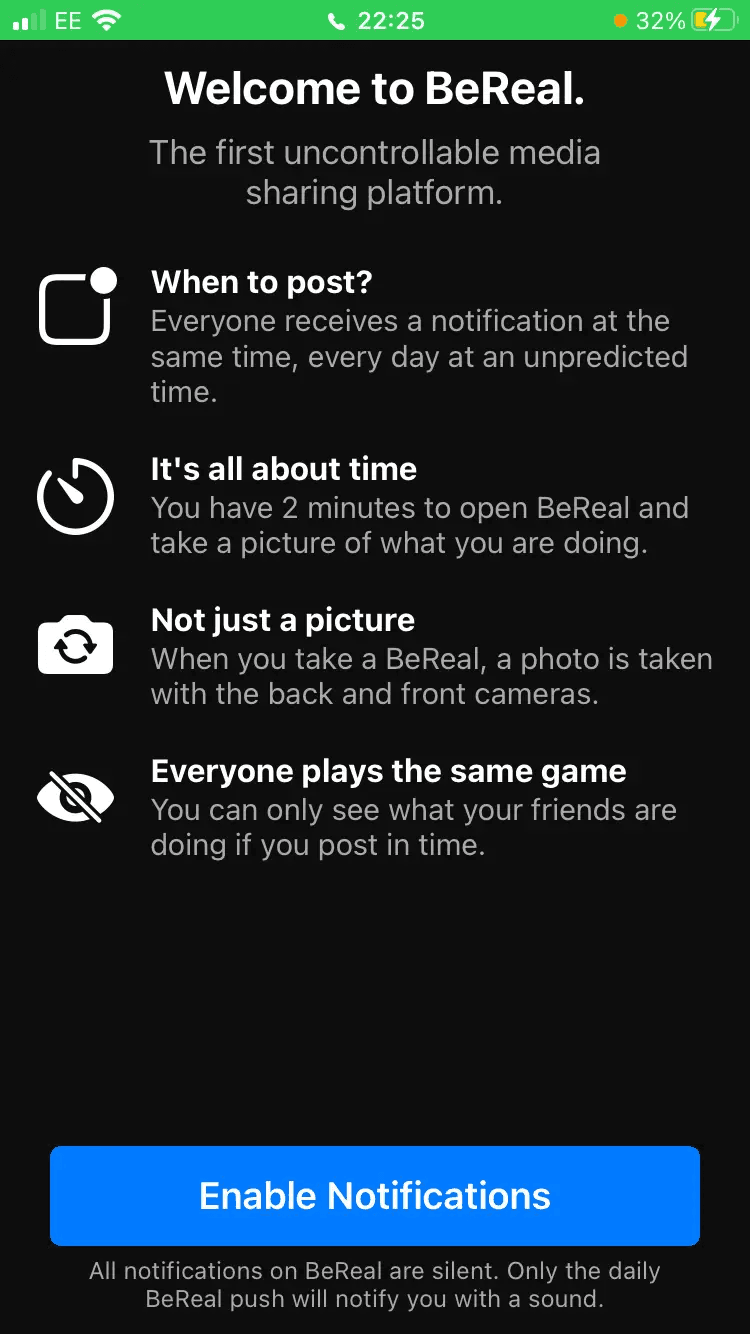
If users drop off after enabling notifications and using your app, it’s critical to figure out where they left off so you can match the notifications you’re sending to whatever their last action was. Use notifications to nudge users back into the app to complete these mission-critical steps.
In essence, early-stage user retention is all about encouraging users to take those first, vital steps that get them to experience the product’s core value. Through a combination of insightful product design and strategic use of notifications, you can significantly assist users in uncovering and appreciating success with your app.
Retention play #2: Keep middle-stage users coming back for more
Once users get started, the challenge then becomes keeping them engaged. At this crucial juncture, the focus shifts from initial setup to fostering habitual engagement with the core functionalities of your app.
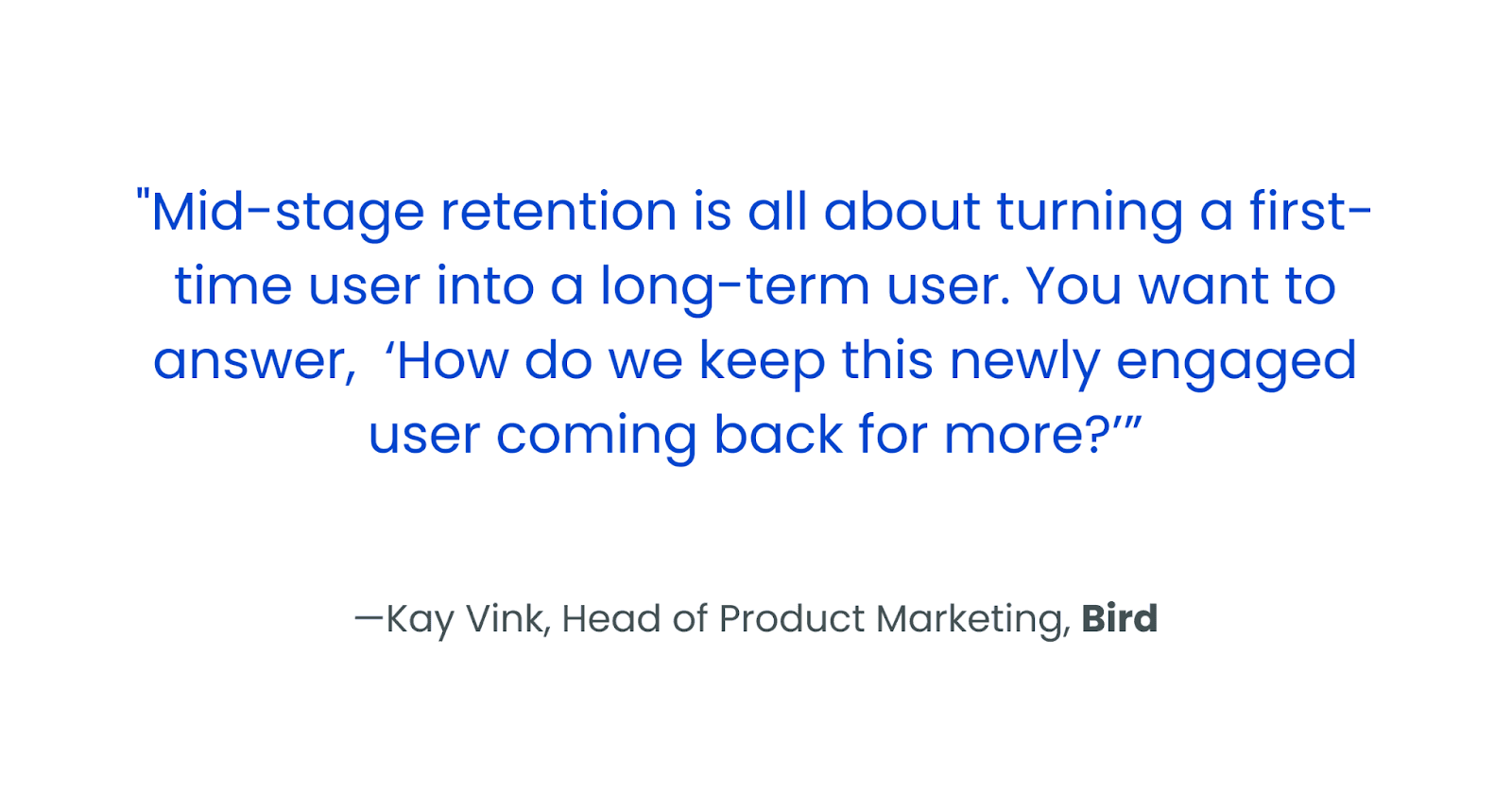
Your approach here is to encourage repeated, meaningful interactions with your product. At this stage, notifications play a pivotal role, but their nature should change. It’s no longer just about onboarding and initial setup for success; your notifications should now entice users back, inviting them to engage in those actions that deliver core product value, time and again.
Consider the transition from early to mid-stage as seen in other popular B2C apps. WhatsApp initially prompts users to set up their number and add contacts as a foundational step. As users move into the middle stage, notifications become about incoming messages—alerts designed to draw users back into the app for further communication, thus embedding the app more deeply into their daily routine.
Similarly, educational and fitness apps like Duolingo and Strava begin by encouraging users to start a new language learning course or a running habit. Progressing into the middle stage, notifications evolve to celebrate streaks or milestones like, "Maintain your three-day streak!"
These messages are not just reminders, but motivational nudges to inspire greater commitment to the app.
Mid-stage retention efforts, like all retention efforts, need to keep personalization at the forefront. By leveraging data on user behavior and preferences, apps can tailor notifications in a way that feels personal and relevant to each user in this middle stage.
For example, Audible may send a notification like:
“Hey, Kyle! We noticed you’re 55% done with your audiobook. Want to pick it back up?”
This level of customization not only increases the likelihood that your notifications will resonate with users, but that they’ll strengthen the user's emotional connection to the app, too.
Retention play #3: Deepen the investment with late-stage users
For late-stage users, customer retention is all about re-engagement and deepening the relationship between the user and the product. These are users who have integrated the app into their routines but, for various reasons, may have started to drift away.
The key question, as Kay puts it, is this: "When somebody is currently using your product but breaks their habit, how do we jump in as soon as we see somebody disengaging?"
It takes a nuanced approach to navigate those moments of wavering interest. Top brands lean on incentives and strategic communications to rekindle the user's commitment to your app. Offering discounts is a direct and highly effective strategy to lure users back during this stage. For example, a user who hasn't taken an Uber ride in over a month might change their tune if they had a 10% discount on their next ride.
Such offers serve a dual purpose: They provide an immediate, tangible incentive to re-engage with the app, and they signal to the user that their participation is valued (and missed). This strategy, while straightforward, taps into the fundamental desire for recognition and reward, making it a potent tool in your customer retention arsenal.
At this stage of the customer journey, notifications should also highlight the breadth and depth of your app's offerings, encouraging further exploration and discovery. This could include:
Personalized suggestions based on the user's past behavior
Invitations to try exclusive new features
Pings about insights that the user might find valuable
The aim is to broaden the user's engagement, transforming routine use into a richer, more varied experience that continues to meet their evolving needs.
You could also guide users towards more advanced features or services that they may not have explored yet. For example, a fitness app might encourage a user who primarily engages with workout trackers to explore nutrition planning tools, thereby increasing the value the app provides that person on their health and fitness journey.
One size does not fit all: A stage-based notification approach is best
If you’ve taken nothing else away from this guide, take this: You can’t just ping all of your users with the same notifications and expect great retention results. You have to segment your customer base and tailor your alerts to meet people where they’re at within your product.
Once your app retention strategies are in motion, track performance and hone in on what genuinely moves the needle in terms of user engagement and business outcomes. Key down-funnel metrics such as these should be your compass in this endeavor:
Conversion rate
Revenue generated
Retention rate
Average lifetime customer value
For instance, monitoring your customer retention rate provides insight into the long-term viability of your app, while average lifetime customer value sheds light on the economic impact of each user.
However, influencing these metrics hinges on your ability to engage users meaningfully at each stage of their journey. This is where the precision and flexibility of a platform like Bird become invaluable.
Tailor your customer interactions at every stage with Bird
With Bird, sending timely, tailored notifications across all your communication channels—be it email, push, WhatsApp, or SMS—becomes not just feasible, but effortlessly integrated into your overall retention strategy.
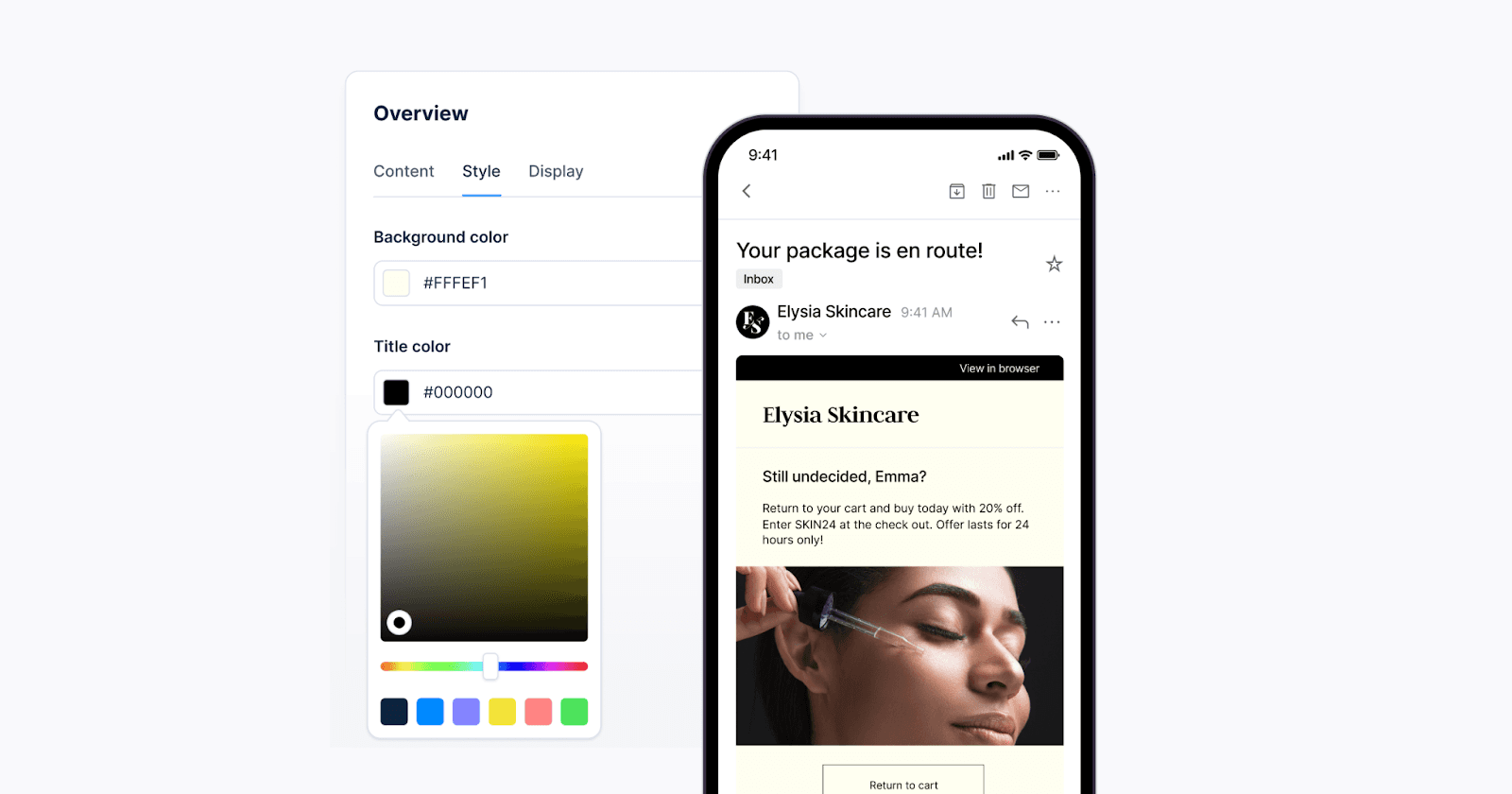
Bird empowers teams to deliver personalized communications that align with each user's current engagement phase, past purchase and interaction history, and personal preferences. By leveraging a tool like this, you can seamlessly adapt your communication strategy to the evolving needs of your users, regardless of whether they're newly onboarded, steadily engaged, or at risk of disengaging.
Make every interaction with your app meaningful, satisfying, and, above all, worth returning to with a hand from our team. Request a demo of Bird today.
Ready to see Bird in action?
